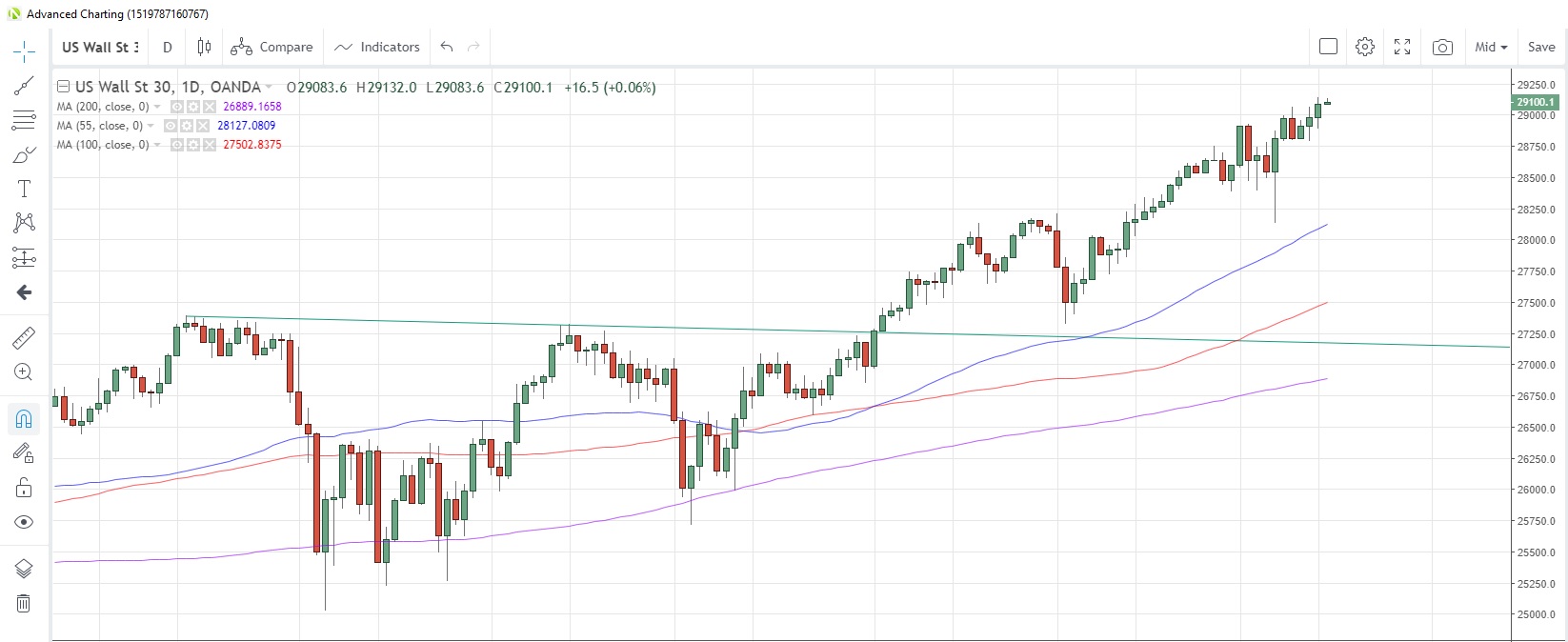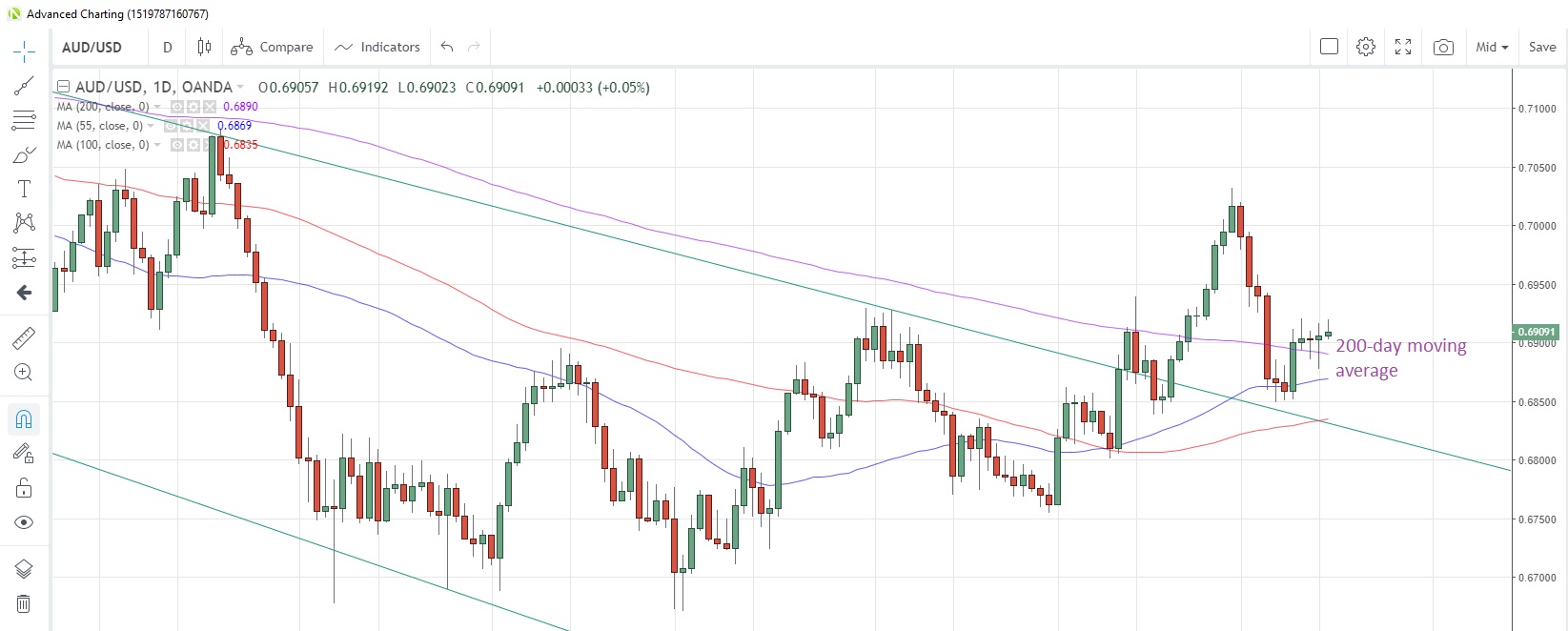A done deal, so far….
After three years of sometimes acrimonious and bitter confrontation on trade tariffs, the U.S. and China finally signed off on phase one of what most hope will become a stepping stone to a broader trade deal. That seems to be for the distant future as I’m sure U.S. President Trump will become focused on getting re-elected at the November presidential poll.
Despite the euphoria of getting the trade deal signed, which involves stricter controls on technology transfers to Chinese companies, a $200 billion spending spree on U.S. goods and services over the next two years and zero tolerance of currency manipulation, the cloud of current tariffs remains in place as Trump has said it will only probably be reviewed after the election and would be subject to scrutiny of whether China has complied with the T&Cs of the phase one deal. The monitoring of China’s compliance will be very strict, reportedly.
Nevertheless, U.S. equity indices have continued the recent bull-run after the US30 index closed above the 29,000 mark for the first time yesterday. China shares were not quite so enthusiastic, with the China50 index slipping 0.5%.
US30 Daily Chart

Aussie upbeat on trade deal, data
The Australian dollar was firmer across the board during the Asian morning, lifted initially by the trade deal signing but then given an extra boost from November loans data, which showed a 1.8% increase, more than the +0.4% economists had expected and close to October’s +2.0%. Investment lending for homes accelerated to +2.2% from +1.4% seen the previous month.
AUD/USD climbed as much as 0.2% to the highest since Monday and is now up 0.02% at -.69071. AUD/JPY is up 0.04% at 75.932
AUD/USD Daily Chart

U.S. retail sales on tap
We are still waiting for the December new loans data from China, which could come at any time. They’re expected to increase by 1.19 trillion yuan, a slightly slower pace than November’s 1.39 trillion. The final reading for Germany’s consumer prices for December are also due. The first estimate suggested a 0.5% m/m gain.
The North American session features U.S. retail sales for December, with a 0.3% gain month-on-month expected, a slight improvement from November’s +0.2%. Aside from the weekly jobless claims, we also have the Philadelphia Fed manufacturing survey for January, which is expected to jump to 3.9 from 0.3 last month, which was the lowest reading since June.
